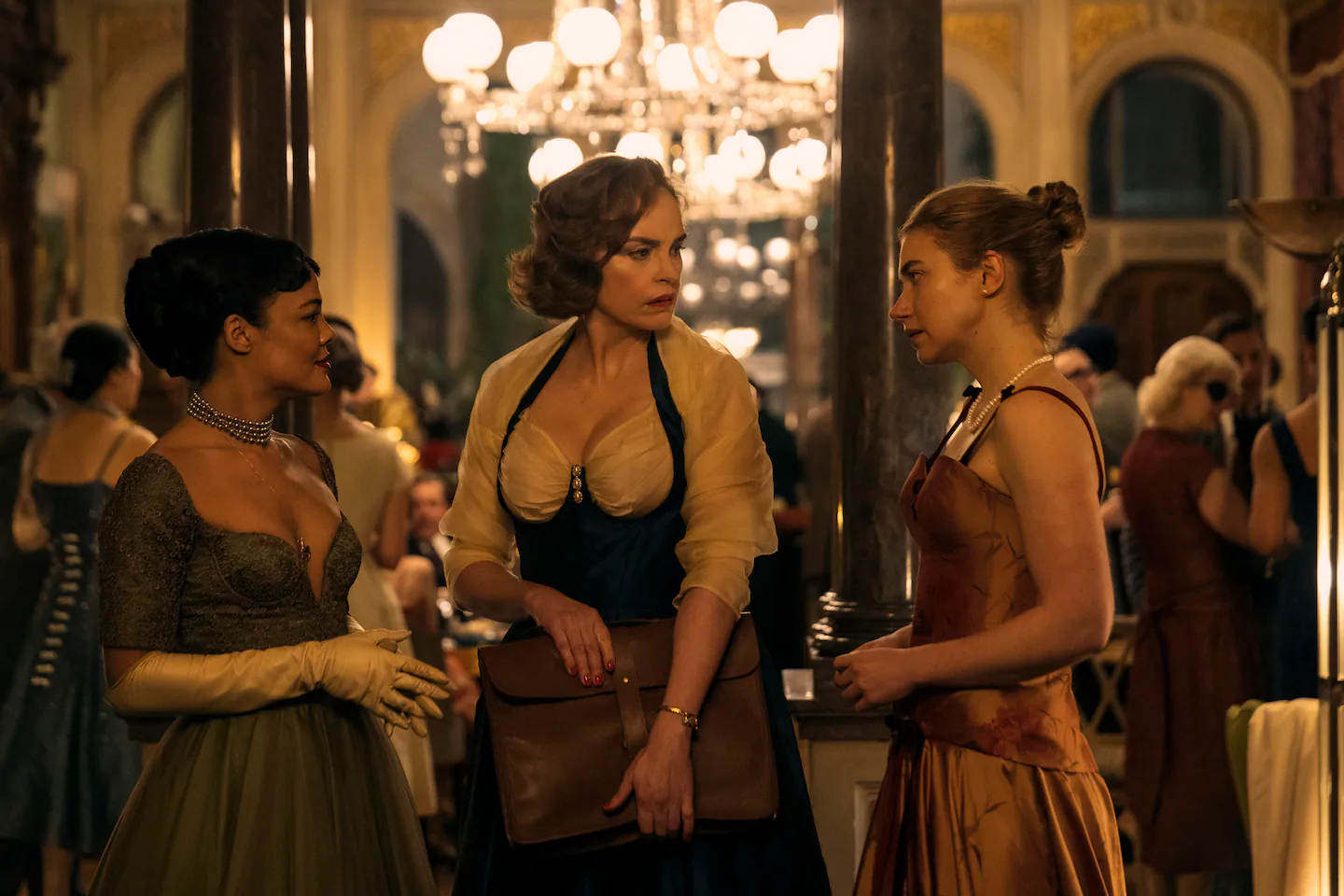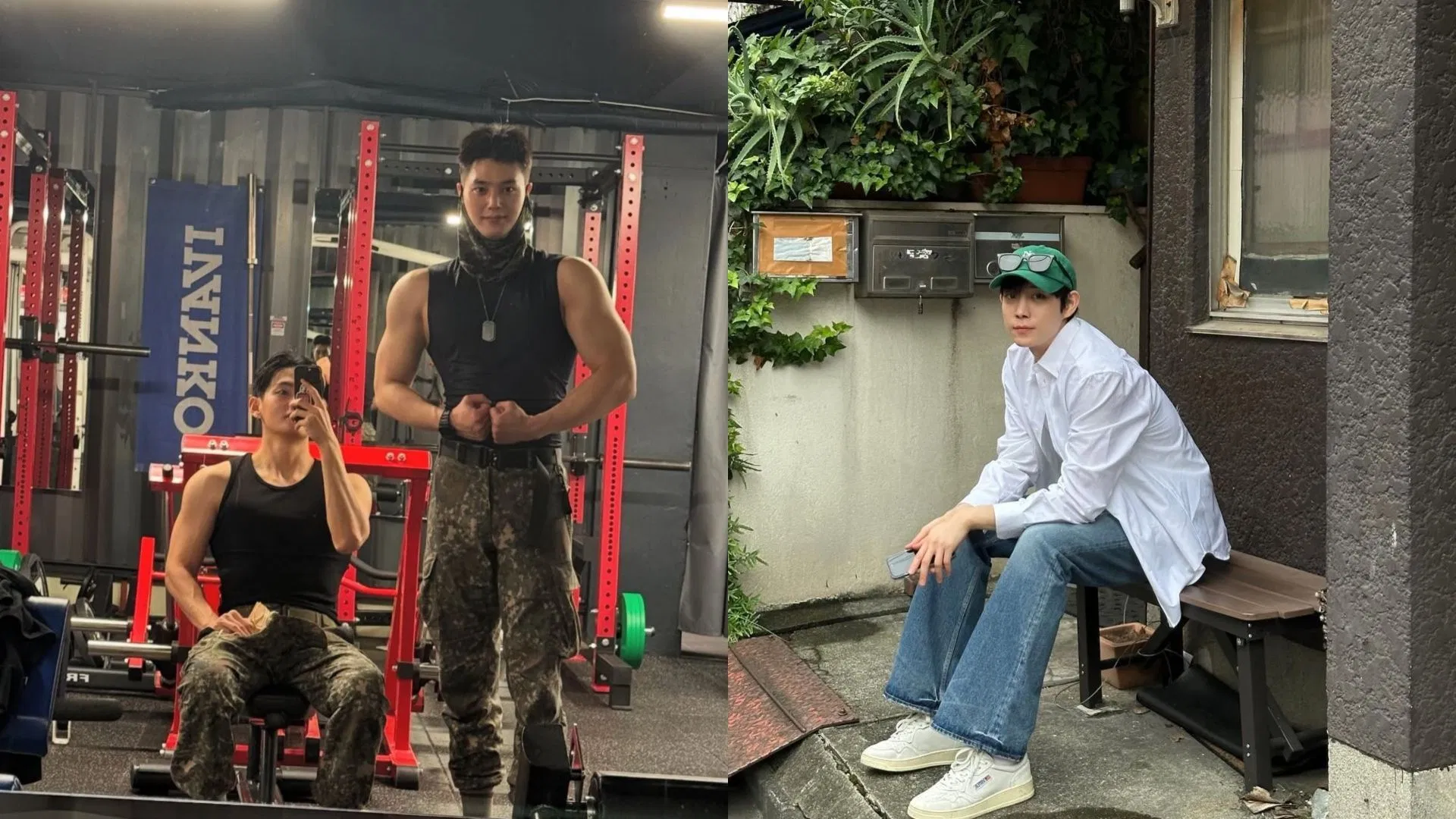Copyright The Boston Globe

“Hedda,” which is now streaming on Prime Video, provides another piece of evidence that gender-flipping, if done right, can widen the lens, open up the story, and reveal unexplored layers of meaning within even the most well-known work. The approach is not new. But finding ways to speak to a contemporary audience is a vital task today, when the American theater is desperately trying to build back their pandemic-battered audiences, and TV networks and streaming platforms alike face an unprecedented level of competition. More broadly, in an era shaped by the #MeToo and Black Lives Matter movements, creatives within the entertainment industry are playing cultural catch-up with respect to gender and race. While gender-flipping can widen the lens through which we see familiar stories, the canniest creatives also seize it as an opportunity to go deeper into the material, to bring new nuance to it. Within the theater world, one of the most talked-about examples of a gender swap in recent years was Marianne Elliott’s 2021 Broadway revival of the 1970 George Furth-Stephen Sondheim musical “Company.” Bobby, the musical’s commitment-phobic protagonist, was switched to Bobbie, played by Katrina Lenk. That change illustrated the reality that women, too, face a tricky time navigating the landscape of modern romance, and that women, too, can feel ambivalent about marriage. Another high-profile gender-swapped performance on Broadway starred Sarah Snook, best-known as Shiv Roy in HBO’s “Succession.” From March to June of this year, Snook tackled the challenge of a solo stage adaptation of Oscar Wilde’s ”The Picture of Dorian Gray.” Snook played all 26 characters, roughly half of them men, including the title figure, and won a Tony for her work. Gender swaps have tended to involve women playing roles formerly played by men, as with “Hedda.” (Which underscores the need for more well-written parts for women.) Earlier this year Lillias White wrapped up her second stint on Broadway in the role of Hermes in Anaïs Mitchell’s “Hadestown,” a role originated by André De Shields. In a mid-1990s revival of Sondheim’s “A Funny Thing Happened on the Way to the Forum,” Whoopi Goldberg stepped into the role of the calculating Pseudolus, for which Nathan Lane had won a Tony Award. Goldberg played Pseudolus as a woman. It’s worth noting that star power counts for even more these days on Broadway, and that gender-swapped productions can offer substantial roles for older women. It makes you wonder whether Meryl Streep, say, or Viola Davis, or Cate Blanchett has a hankering to put their stamp on a role traditionally associated with men. Prospero, the scepter-wielding island sorcerer in Shakespeare’s “The Tempest,” underwent a name change to Prospera when Helen Mirren stepped into the role in Julie Taymor’s 2010 film adaptation, and when Olympia Dukakis did so at Lenox’s Shakespeare & Company in 2012. The large cast of the original 1969 Broadway production of “1776,” which captured the tension over the drafting of the Declaration of Independence, overwhelmingly featured white men. But a 2022 revival of “1776″ by Cambridge’s American Repertory Theater and Roundabout Theatre Company, directed by Diane Paulus and Jeffrey L. Page, employed a multiracial, multiethnic cast of female, trans, and nonbinary performers at the ART, on Broadway, and on a national tour. What that meant, cumulatively, was that a pretty powerful light was shone on many who have traditionally been left out of the national story. The idea of switching genders for a role has appeal to an actor who’s looking for challenging material that will change their image. Take sitcom legend Mary Tyler Moore, for example. As Laura Petrie in “The Dick Van Dyke’’ show (1961-1966) and then Mary Richards in “The Mary Tyler Moore Show’’ (1970-1977), Moore’s onscreen persona was a distinctly sunny one. But Moore sought decidedly unsunny material after that famous group hug in the WJM-TV newsroom brought an end to her beloved comedy. That choice paid off with two major roles in the same year, 1980. But only one of them seems to be remembered today. When Moore died in 2017, much was made, deservedly, of her portrayal of Beth Jarrett, an icily remote mother whose family is struggling to cope with the death of a son in the Robert Redford-directed film “Ordinary People.” Far less talked-about was Moore’s daring decision to headline that same year on Broadway in a gender-flipped production of “Whose Life Is It Anyway?,” as Claire Harrison, a disabled sculptor who seeks to end her life. (The role had been originated by Tom Conti, with the character named Ken Harrison.) Sometimes, a gender swap changes the entire dynamic of a piece. One of the most successful examples is “His Girl Friday” (1940), in which reporter Hildy Johnson was switched from a male reporter in “The Front Page” (1931) to a female reporter in the film, played by Rosalind Russell. Hildy has previously been married to her editor, Walter Burns, played by Cary Grant, implausibly dapper for an editor. That added an element of sexual tension to the power struggle between Hildy and Walter as he tries to torpedo Hildy’s attempt to get married and leave the newspaper business once and for all. In “Hedda Gabler,” Lövborg was originally written by Ibsen as a man named Ejlert. In “Hedda Gabler,” she is called Eileen and portrayed by Nina Hoss in a riveting performance that ranges from self-assurance to anguish. When we first meet Lövborg, she’s riding high professionally and personally. She has seemingly conquered her drinking problem. She has a new lover, Thea (Imogen Poots), a former classmate of Hedda’s, who Hedda views as a simpleton unworthy of Lövborg. On the career front, Lövborg has just completed a book of scholarship that’s being hailed far and wide as groundbreaking. Her new celebrity has made her the odds-on favorite for a faculty position at the local university — a post that Hedda desperately wants for her underachieving husband, George (Tom Bateman), so their standard of living will improve. But for all that, Lövborg is still a woman in the male-dominated world of academia. That means her position is a precarious one, a fact underscored by adapter-director DaCosta in a scene in which Lövborg, getting more and more drunk, is the only woman in a roomful of men. There’s a whiff of sexual threat, along with the sense that the men’s provisional acceptance of Lövborg as one of them is changing to contempt. That makes Hedda’s decision to undermine, even destroy, her onetime lover feels like a betrayal not just of Lövborg but of all women who have to contend with a deeply sexist society around them. Part of Hedda’s tragedy in “Hedda” is that, at the end of the day, all she has done is to fortify the glass ceiling.



